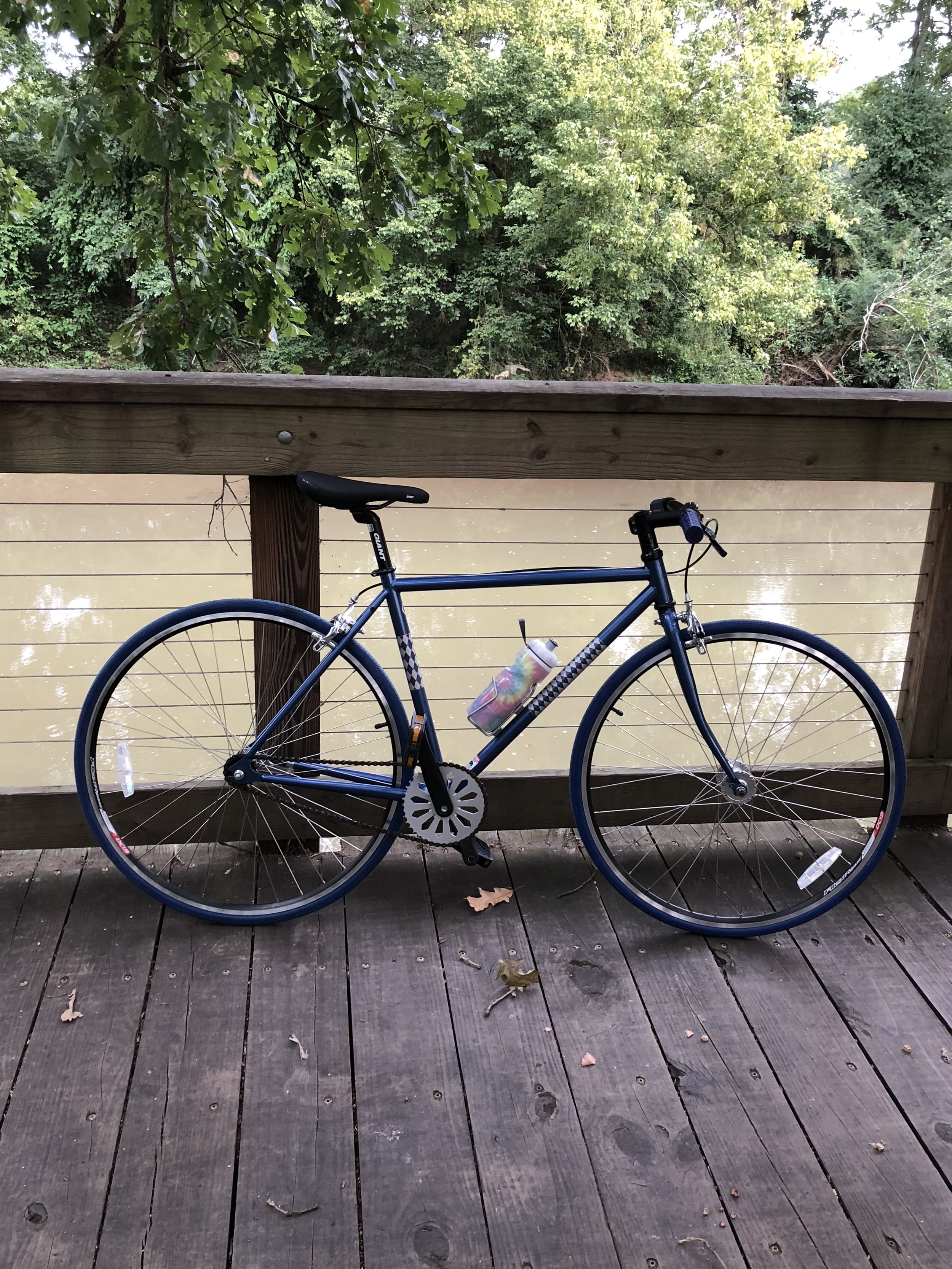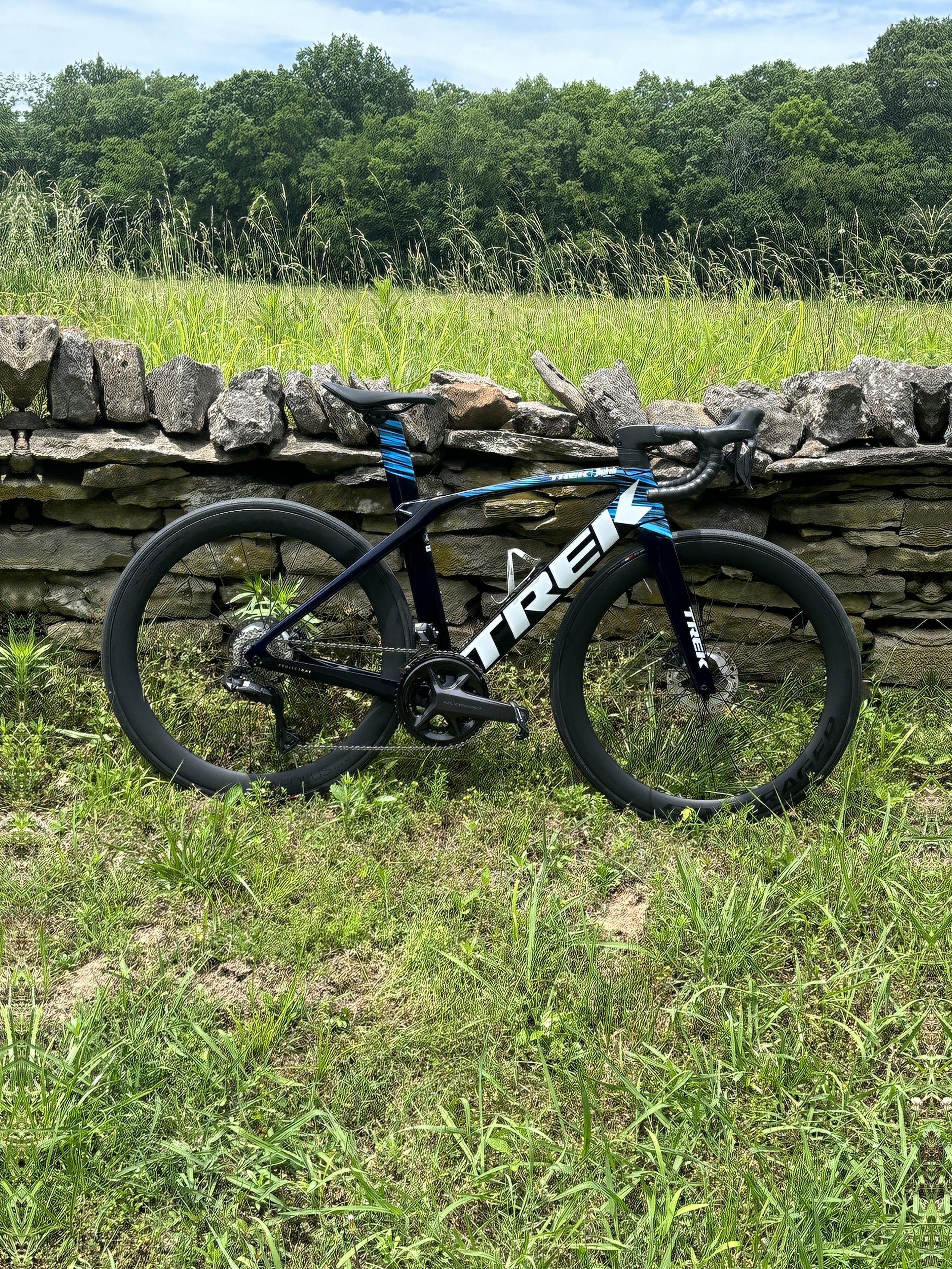I talked a little bit about what a triathlon is last week, so I though I would continue my “Tri 101” series by talking about what you need. There is a ton of gear out there, but for your first few races you need to have certain things covered 100%.
What to wear? This is a question I had before my first race too, and finally I think I can give some pretty good choices.
Swimsuit (I suggest a sports bra underneath) + Shorts (for the bike and run) + optional shirt (for bike and run) – This was what I wore for my first race without the shirt.
One Piece Trisuit – There are a lot of benefits to wearing a one piece trisuit. The first being no need to change and they are made to fit skin tight for swimming.
Two Piece Trisuit – The main advantage of the two-piece over the one piece is that you can take off the bottoms if you have to use the port-a-potty in a longer race. Some also come with built in sports bras.
Do I need a fancy bike with bike shoes? No. I raced on a rental bike wearing running shoes for my first race. I do suggest a road bike, not a mountain bike, especially if you are doing anything over a sprint. Road bikes are much faster, and you can train on whatever you have then rent one for the day of the race. Honestly, make sure you are committed to the sport before investing in the bike and the shoes. This way you can also do it gradually. I went from rental bike, to road bike, to road bike with shoes and nice pedals, to my carbon tri bike, and then I also finally after over a year upgraded to a nicer helmet than my original helmet from Academy. If you are sticking to it, you have plenty of time for upgrades.
What gear to I absolutely need? There are some things required, and some things I think you should absolutely never race without.
Something to wear – As I talked about above.
A bike – See the above on that one.
Running shoes + socks – Depending on your level of racing and your gear, you may be wearing these for the bike and run, which is perfectly ok.
Something to hold your race number – Races will usually supply pins, which you probably don’t want to put through your tri suit, or deal with in transition, so I suggest investing in a race belt early on. Saves time and your gear.
Swim cap – For open water this will be provided by the race, but for a pool swim you need to have your own.
Goggles – I highly suggest spending over $20 on a nice pair, like my Speedo Vanquisher 2.0’s that I’ve used forever.
Water bottle – This goes on your bike, and you will drink from it. Trust me, no matter how you feel, drink something. I use electrolytes in one, water in another.
Do I need a wetsuit? Yes or no. This is a personal choice. If you are not comfortable in open water and it is cold enough for one, you may be more comfortable with the extra buoyancy and warmth. I don’t like wearing one very much, but I do own one, which I got because, although I am a strong swimmer, I am not comfortable in open water very much, so I wore it for my first Olympic. If you wear a wetsuit put Bodlyglide on your neck for chafing and you will thank me.
What optional gear is there? When you think you have enough gear, there is always something else.
GPS Watch
Heart rate monitor
Power Meter
Cadence and speed sensors
Aero helmet
Race wheels
Shoes + pedals
Compression socks
There is so much I could never list it all.




















